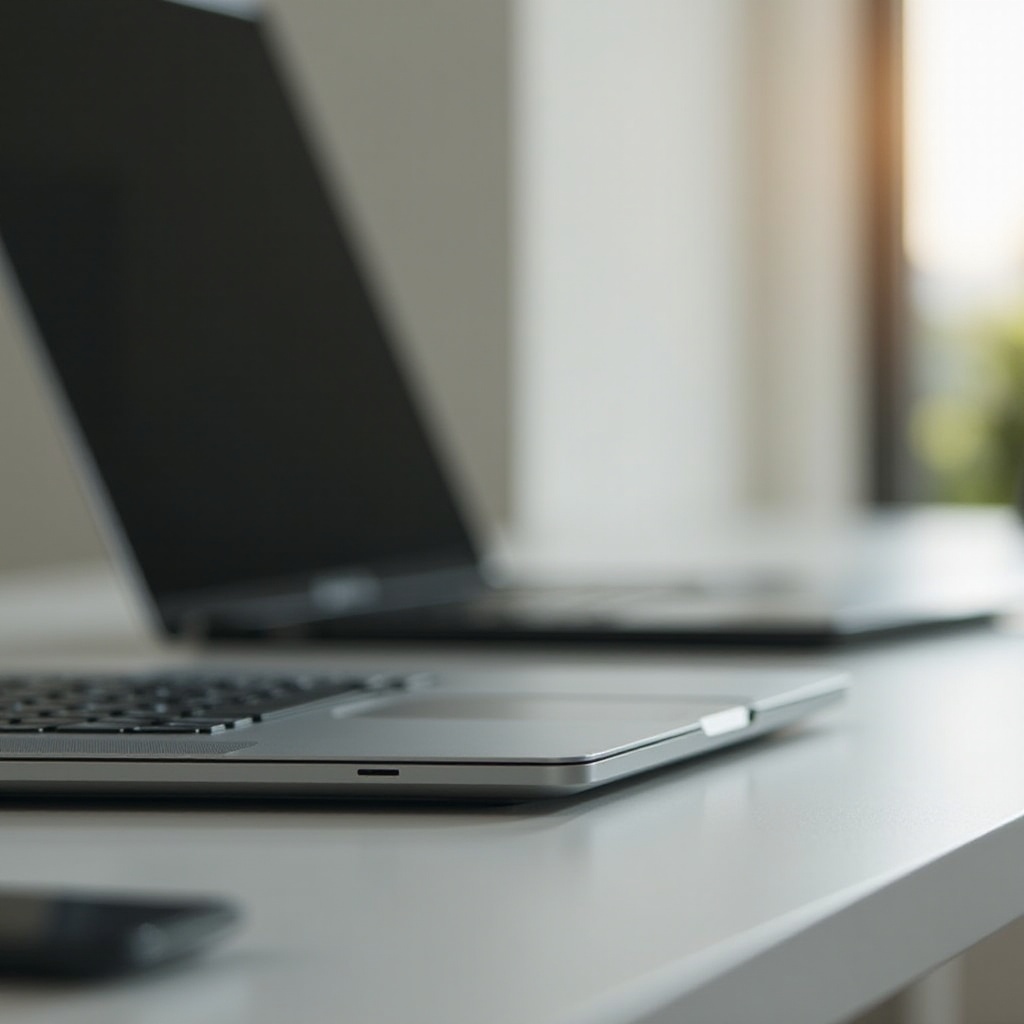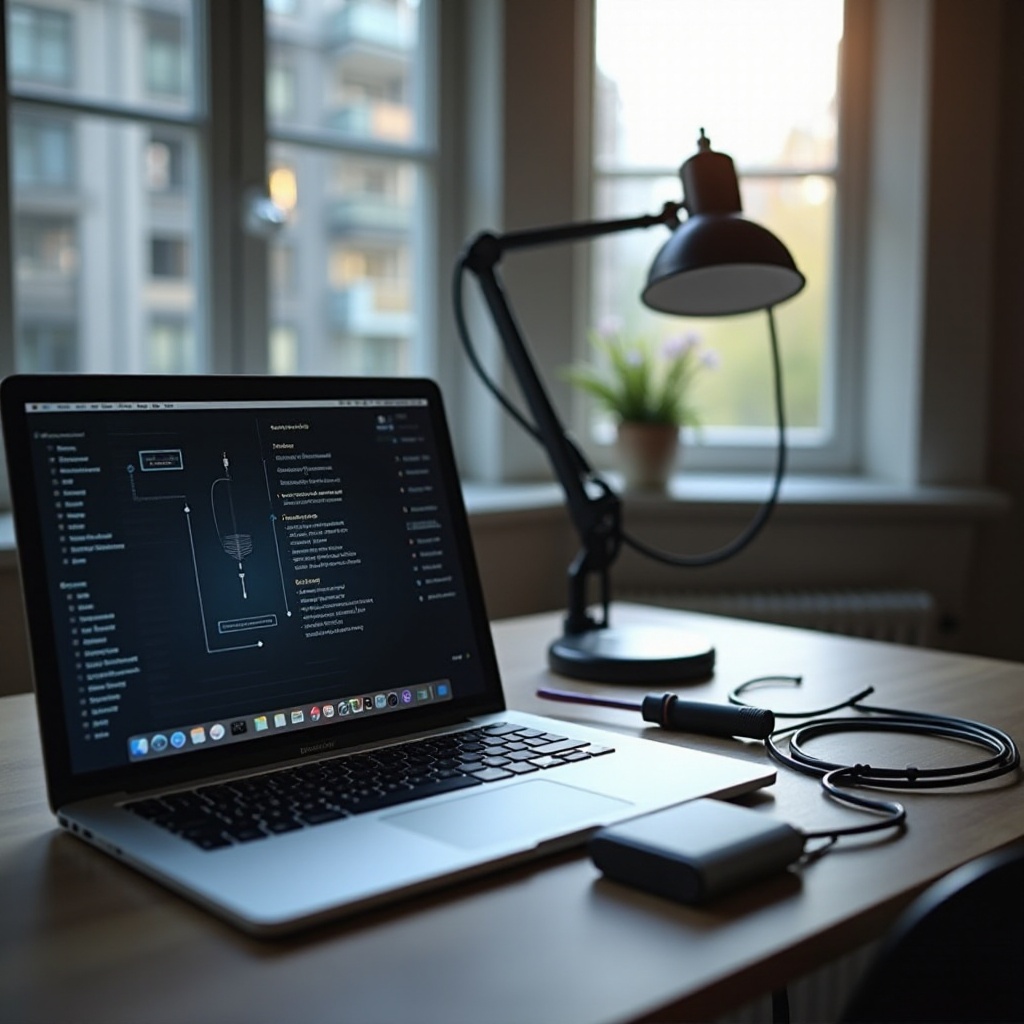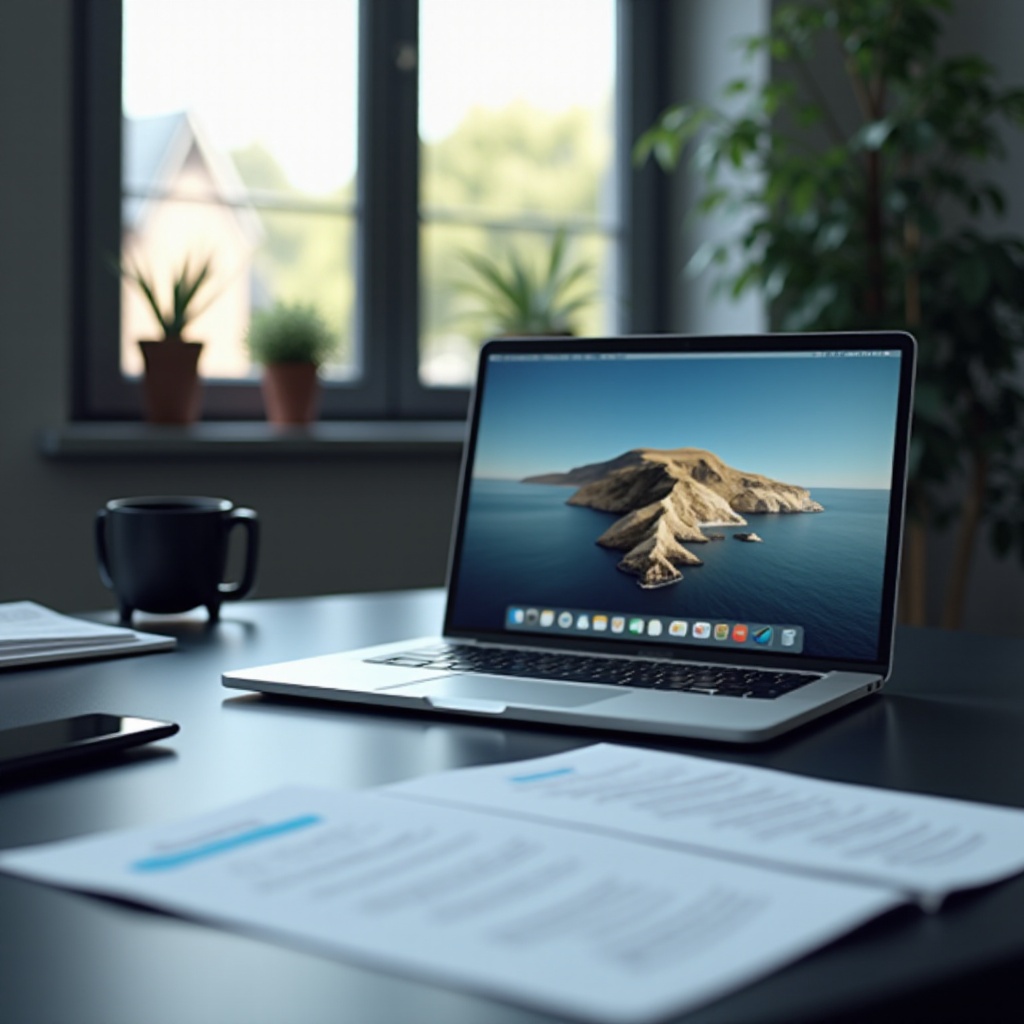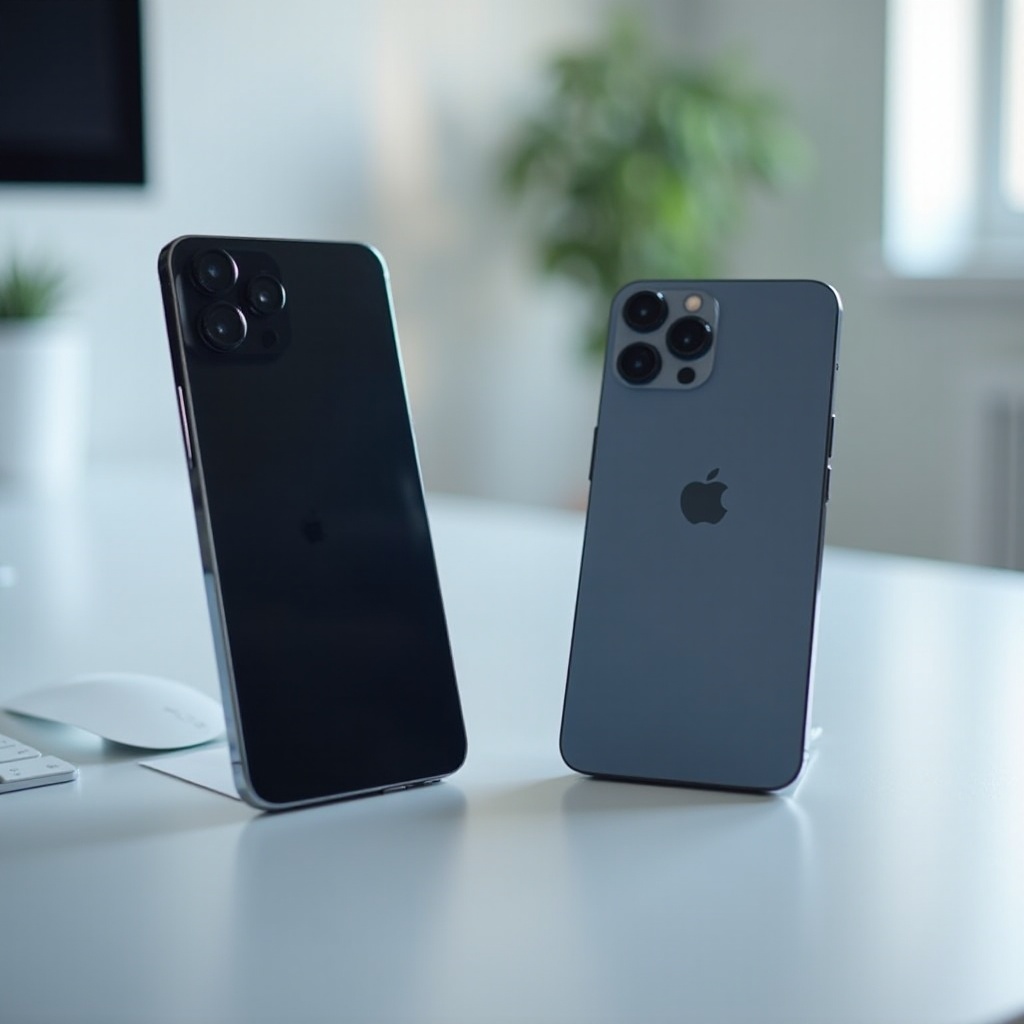Introduction
MacBook Air speakers offer exceptional sound quality, but issues can arise, causing frustration. Whether you want to enjoy media or attend virtual meetings, functional speakers are essential. If your MacBook Air speakers have become unresponsive, this guide provides practical steps to troubleshoot the issue. We will cover basic troubleshooting, delve into software solutions, examine hardware aspects, and discuss preventative care tips. By following this comprehensive guide, you’ll be well-equipped to restore sound quality and maintain the health of your MacBook Air’s audio system.

Basic Troubleshooting Steps
For many users, the journey to resolving speaker issues begins with fundamental troubleshooting. Ensure your audio settings are configured correctly to rule out minor errors. Next, remove any connected external devices such as headphones, as these could impede sound output. Additionally, a simple restart of your MacBook can clear temporary glitches affecting audio. Addressing these basic steps can solve most speaker problems effectively. Should your speakers remain unresponsive, the subsequent software solutions may provide the needed fix.
Verify Audio Settings
- Open ‘System Preferences’ on your MacBook Air.
- Select ‘Sound’ and ensure the proper audio output device is selected.
- Adjust the volume and check for muted settings.
Check External Connections
- Unplug all external audio devices, including headphones or speakers.
- Ensure that no cables obstruct the sound output.
Restart the MacBook
- Click the Apple icon on your screen.
- Select ‘Restart’ and allow your MacBook to reboot.
Software-Related Solutions
Should basic troubleshooting not resolve the issue, software could be the culprit. Updating your macOS to the latest version can address known audio bugs. Resetting Core Audio can refresh your system’s audio performance by clearing its cache. If third-party applications interfere with system audio, managing or eliminating these apps might be helpful. Tending to software solutions ensures your MacBook Air’s speakers operate without unwanted interruptions. This holistic method aims to optimize sound performance comprehensively.
Update macOS to the Latest Version
- Navigate to ‘System Preferences’ and select ‘Software Update’.
- Follow the prompts to update your macOS if newer versions are available.
Reset Core Audio
- Open ‘Terminal’ from the Utilities folder.
- Type ‘sudo killall coreaudiod’ and press enter to reset the audio system.
Manage Third-Party Applications
- Review apps that have access to your audio settings.
- Remove or disable any apps causing audio conflicts.
Hardware Checks and Solutions
In some cases, hardware issues might be responsible for sound problems. Investigate the headphone jack and speaker grilles for any dust or debris. Testing with external audio devices can help verify if the internal speakers are flawed. If these checks do not resolve the issue, professional repair services may be necessary. Ensuring the hardware is capable of delivering sound is crucial before proceeding to advanced troubleshooting. Understanding the condition of your MacBook Air will prepare you for further steps.
Inspect the Headphone Jack and Speaker Grilles
- Check for dirt accumulation in the grilles and headphone port.
- Clean gently using appropriate tools or compressed air.
Test with External Audio Devices
- Connect external speakers or headphones to check if sound is outputted.
- If sound plays externally, internal repairs might be needed.
Consider Professional Repair Options
- Contact Apple Support for diagnostics if necessary.
- Visit an authorized service center for detailed inspections.
Advanced Troubleshooting
If previous steps fail to rectify the issue, advanced troubleshooting may be required. Running your MacBook Air in Safe Mode clears unnecessary components, possibly resolving complex problems. Conducting Apple Diagnostics can identify deeper hardware faults, while reinstalling macOS provides a fresh approach to address persistent audio issues. This advanced approach synergizes software and hardware assessments for comprehensive solutions.
Safe Mode Boot and Diagnostics
- Hold down ‘Shift’ and restart your MacBook Air to enter Safe Mode.
- Test the speaker functionality in Safe Mode operations.
Run Apple Diagnostics
- Turn off your MacBook, then restart while holding down ‘D’.
- Follow on-screen instructions to perform hardware checks.
Reinstall macOS
- Backup important data and follow Apple’s guidelines for reinstallation.
- Access macOS recovery mode to reinstall the operating system if needed.

Preventative Care Tips
Implementing preventative care is key to avoiding speaker issues in the future. Regular macOS updates ensure optimal software conditions. Use speaker-compatible accessories to protect your MacBook from physical harm. Best practices in cleaning and maintenance can prolong the lifespan of your device. Keeping a proactive approach minimizes unpredicted audio issues and enhances overall performance.
Regular System Updates
- Enable automatic updates for macOS and all applications installed.
Use Protective Accessories
- Invest in cases or screen protectors to safeguard internal components.
Best Practices for MacBook Maintenance
- Clean your device regularly to thwart dust accumulation.
- Avoid exposure to extreme temperatures or excessive moisture.

Conclusion
Resolving speaker complications on your MacBook Air doesn’t have to be challenging. From straightforward troubleshooting to advanced methods, this guide provides actionable insights. Whether the issue is rooted in software or hardware, solutions are accessible to restore sound. Remember that professional support is always available if required. By combining effective solutions with preventative care, you can enjoy continuous, high-quality audio performance on your MacBook Air.
Frequently Asked Questions
What are common causes of MacBook Air speaker issues?
Common causes include software glitches, hardware malfunctions, or system settings errors.
Can I fix hardware-related speaker problems myself?
Simple cleaning can help, but professional assistance is recommended for complex hardware issues.
When should I contact Apple Support for help?
Contact Apple Support if basic troubleshooting and advanced steps do not resolve the issue.


